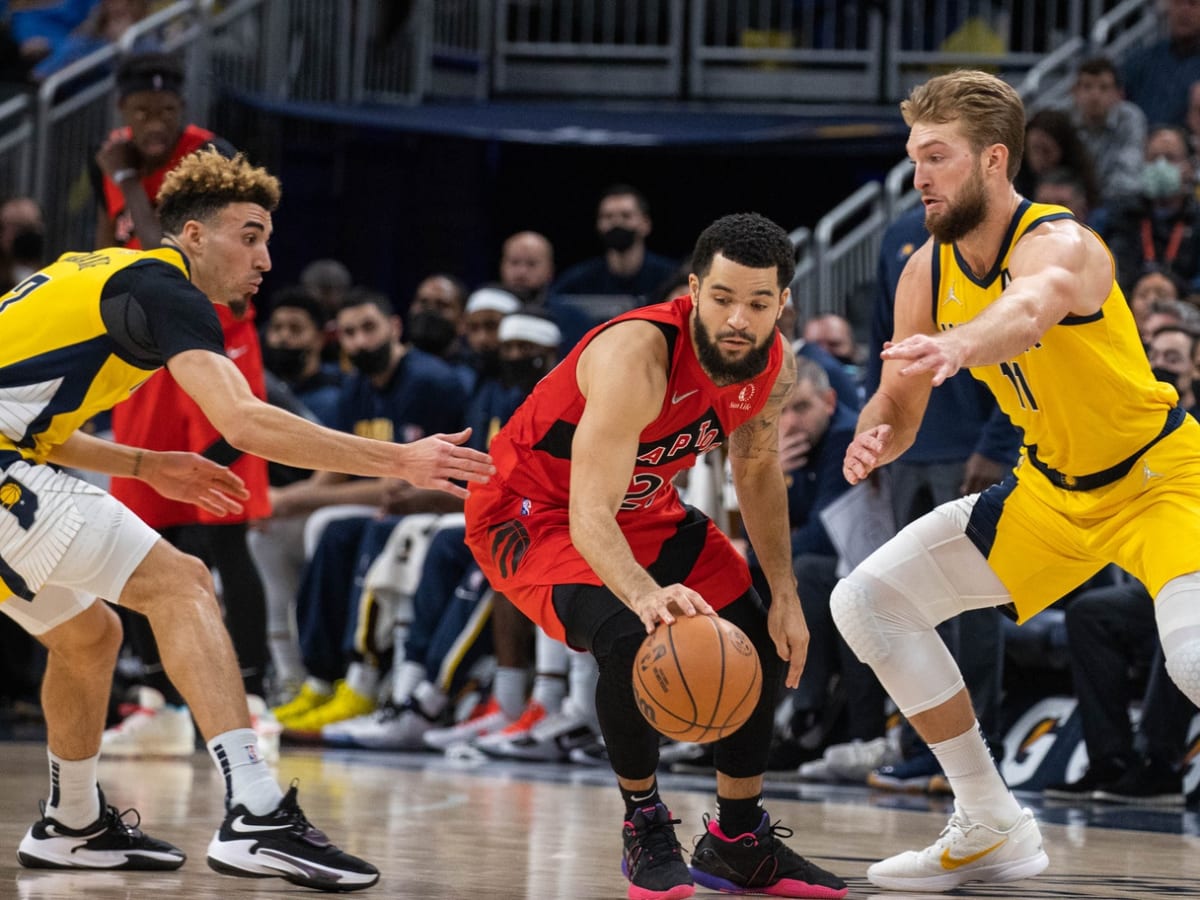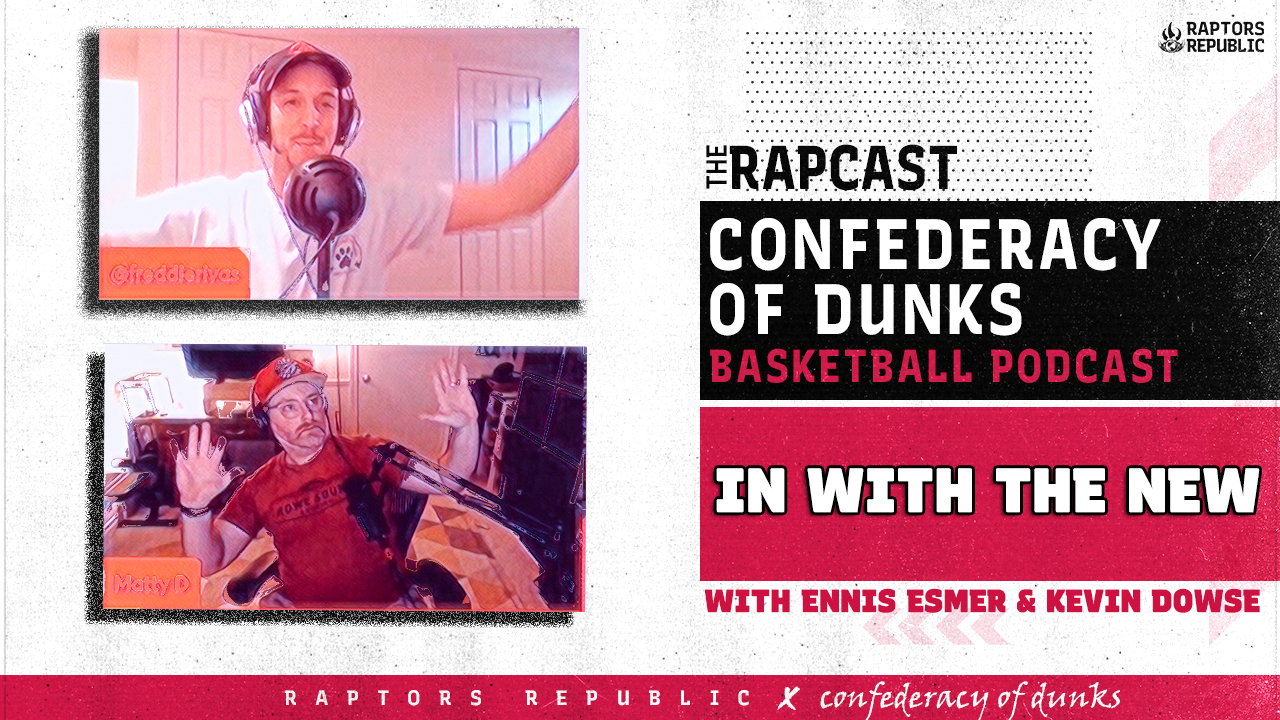I was checking out playoff tickets and though price gouging is alive and well, the cost of a i-was-there seat is still around $250 which isn’t brutal. I think Masai Ujiri should add to his social justice work and focus on how to reduce these prices. Call it Fan Justice. Far more popular, far less controversial. Before making the purchase decision you have to consider if the Raptors will lose Game 1, because prices invariably drop in that event. I remember buying Game 3 tickets for Bucks/Raptors before the series started and paid about 100% more than I would have if I had bought them after Game 2. Anyway, I digress.
We’re three sleeps away from Game 1 and shooting seems to be a concern for many. Specifically, the lack of a dead-eye designated shooter who can be relied upon to make teams pay the price for doubling Pascal Siakam. Given how the streaky Raptors shooters tend to have some miserable three-point shooting nights, it’s a legitimate concern. The Raptors have shot less than 27% from three in 18 games this year and their record in these games is 4-14 (.222). When they shoot 35% or more their record is 30-10 (.725). In the last 10 games of the season the Raptors have shot 35% with a record of 8-2 (.800), so all things considered the Raptors are entering the postseason shooting at a clip that has been acceptable (at least statistically).
What may be worrying people is Fred VanVleet. He takes 9.9 threes a game with Gary Trent Jr. taking 7.8. OG Anunoby isn’t far behind at 6.6 and then there’s a big dip before Siakam checks in at 3.2. Trent has seen a dip post All-Star from 40% to 35% which isn’t severe. However, for VanVleet the post All-Star dip has been significant: 40% to 29%, which also coincides with his injury. This has been somewhat balanced out by Precious Achiuwa bumping his outside shooting from 30% to 39% since the break, but the worry is that if both members of the backcourt get cold, the Raptors are liable to struggle. But maybe we can get all this back through offensive rebounds?
Toronto’s offensive rebounding (28%, 2nd in NBA) can make up for some of this, but relying on outhustling Philly on the boards is a risky strategy since they aren’t half-bad at collecting defensive rebounds (77%, 17th in NBA). You may think it could spell doom if the Raptors are missing their shots and are forced into a half-court game, but the Raptors’ actually improve their offensive rebounding percentage from 28% to 32% in half-court possessions, which is intuitive enough. What can give the Raptors a break is that when the Raptors miss, the Sixers aren’t great at getting up and down the court. They rank 25th in the league in pace so it’s not like the Raptors misses will be run back fervently. Philly ranks 20th in the league in how often they look to run on the fastbreak (14% of the time, compared to the Raptors 19%).
Let’s pull back and see what all this means. Essentially, the Raptors could pay an offensive price for their streaky outside shooting, but given Philly’s inability to run it back in transition consistently, the Raptors can still stay in the game and have a chance at weathering off rough patches. The key is to take corner threes because the Raptors are fifth in the league in making those at 40%, while being 25th in non-corner threes at 33.5%. These stats are quite indicative of how the Raptors may want to manufacture their threes.
Let’s for a second presume we are stuck in mud and playing a half-court game. Given the lack of great pick ‘n roll options, the Raptors may have to rely on getting to the free throw line. The prime candidate for this is Pascal Siakam who ranks in the 89th percentile in the league in getting fouled on his shot attempts. Unfortunately for the Raptors, no one else comes even close to matching this rate with the next best rotation player being Scottie Barnes at 72nd. Does this give a hint on how the Raptors may want to distribute their isolation possessions in the half-court? I think it does because even if the referees are likely to tighten their whistle, over the course of a series this will average out. It might make for some ugly basketball, but this series is bound to be an ugly one.
It would be remiss not to mention Toronto’s ability to generate points off turnovers and compare it to how Philly protects the ball. There is mixed news on this front because Philly ranks fourth in the league in protecting the ball with only 13% of possessions resulting in turnovers. However, a lot of that number comes from the days they had a bench and James Harden didn’t handle the ball as much, so it’s reasonable to anticipate Philly being a bit more liable to cough it up. On the flip side, Toronto is #1 in the league in forcing turnovers with 16% of opponent possessions resulting in a turnover.
We know the Raptors can cause turnovers but how good are they at turning them into points? Basically, even if Philly ends up turning it over more than they’re used to, is that enough for the Raptors to make up for the potentially streaky outside shooting? Here’s the bottom line on that front: Despite being #1 in creating turnovers, Toronto is 14th in the league in transition points per play. The caveat here is that not all turnovers result in transition plays but we can gloss over that for this analysis. All this to say that it isn’t enough to just generate turnovers, the Raptors would have to be better at converting them into points. This means better and timely decision-making from the guys who run the breaks – no hanging onto the ball for too long for Philly to catch up, but instead pushing it and forcing those fouls mentioned earlier. I’ll end on one positive stat: Philly is 27th in the league in transition defense. Putting all this together I suppose that if the three isn’t falling, the prescription is to run and do it better than what you’ve been doing all season.
As a motivation film for running I recommend Winning Time: The Rise of the Lakers Dynasty on HBO.
All stats courtesy of basketball-reference.com and cleaningtheglass.com.



